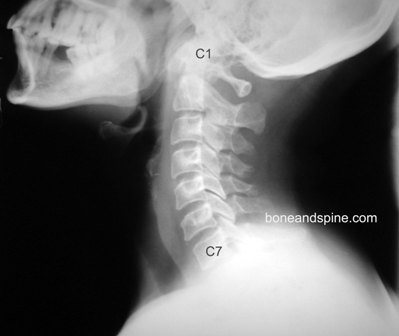
Cervical cancer is the 2nd most common type of cancer after breast cancer which all women need to know about. After the breast cancer, it is the Cervical Cancer that has proven to be fatal for a large number of women. most women today are aware of the symptoms and signs of breast cancer and when to contact the physician, but when it comes to cervical cancer, majority are in a state of doubt as most cases go undetected until the terminal stages of the disease.
Here, let us see what exactly is cervical cancer and do to recognize the development of it. Today while talking about this topic to a friend (a young girl), I was surprised that she knew about breast cancer but was like “Huh what??” when I talked about cervical cancer. so I hope this brief article will be useful to many of you girls and women.
The principal body organ affected here is the cervix. Cervix is the passage that connects the uterus and the vagina, part of the female reproductive system.
The Human Papilloma Virus (HPV) that is sexually transmitted through oral, anal or genital sex causes cervical cancer. The incidence is seen mostly among women in their teenage or early twenties, but the fatal manifestations are unfortunately noticed among late thirties and forties, because the virus is a slow operator and takes time to reach the uterus through the cervix. However all HPV infections do not result in cancer. The risk is raised in women indulging in early sexual intercourse, multiple partners, smoking and HIV infection.
It remains mainly ‘asymptomatic’ until the cancer has spread completely involving the uterus as well. The later stage symptoms include:
- Unusually heavy vaginal/ menstrual discharge
- Pelvic pain
- Pain during urination
- Bleeding between menstrual periods, after sexual intercourse or a pelvic examination
Consult your physician immediately, so that he/she can put you through an assessment with the aid of diagnostic tests designed to detect malignancy.
Cervical cancer vaccines are composed of antigens which when added to the immune system are responsible for the protection of the body against virus and cancer producing agents. three shots of the vaccine are need to be taken in order to stop cancerous agents from damaging the body by checking their multiplication and prevent the development in those who do not have the cancer yet.
The ideal time for getting the vaccine is before a girl becomes sexually active.
Are there any side effects of the Vaccine?
Yes. The common side effects include:
- Pain and swelling around the injected area
- Diarrhoea
- Blisters around the injected area
But no vaccine is fool proof and regular check ups and visits to the physician including smear examinations are a must for women, especially after 35 years of age.
Share